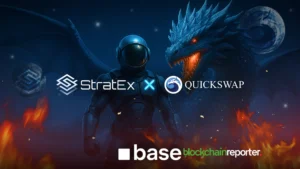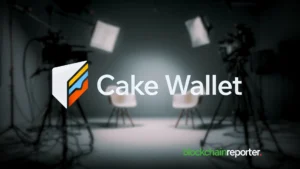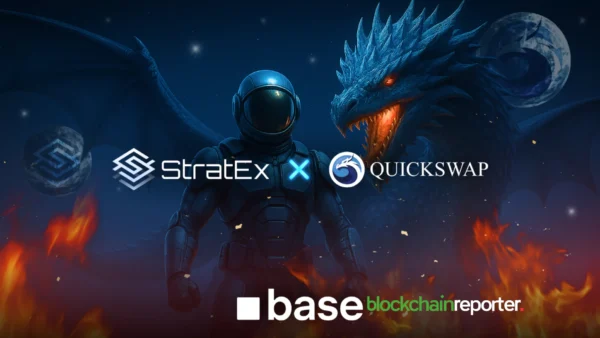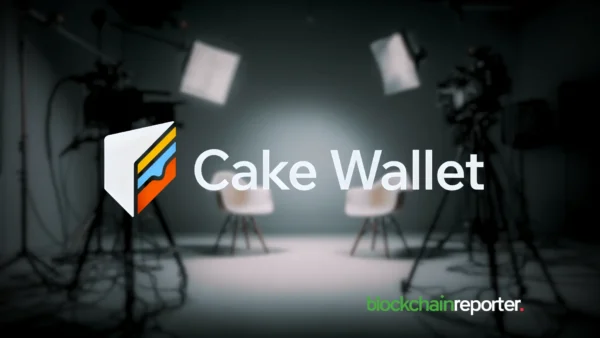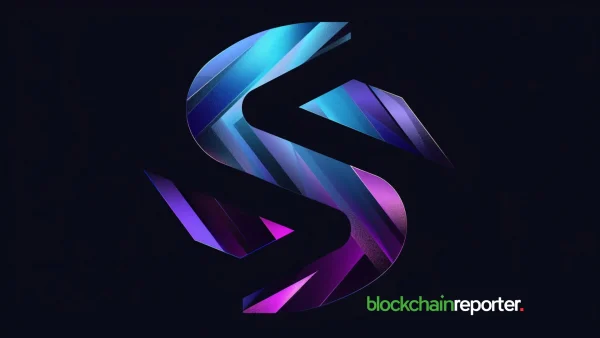
- 0.2. Q1. What is the key driving force behind the SEC’s shift in approach?
- 0.4. Q2. Is the SEC’s softer stance a temporary political maneuver or the start of lasting reform?
- 0.6. Q3. How does a more collaborative SEC benefit DeFi builders long term?
- 0.8. Q4. How open is the SEC to feedback from DeFi protocols and infrastructure developers?
- 0.10. Q5. What is the biggest factor behind the 10x rise in DeFi lending activity?
- 0.12. Q6. How did the collapse of FTX and other centralized platforms fuel DeFi’s comeback?
- 0.14. Q7. How do DeFi protocols balance compliance with permissionless principles?
- 0.16. Q8. What are the most viable trends in DeFi infrastructure and lending today?
- 0.18. Q9. How did Trump’s repeal of the “DeFi broker” rule affect permissionless innovation?
- 0.20. Q10. What’s your best advice for DeFi builders trying to stay compliant without betraying core values?
With Donald Trump back in the White House, the regulatory tides are shifting—and fast. The SEC’s once-hostile stance toward crypto has softened, signaling a new era for blockchain innovation in the U.S. At the center of this evolution is Komodo’s CTO, Kadan Stadelmann, who offers a direct, insider’s view on how policy changes are already reshaping the DeFi landscape. From dismantling anti-crypto regulations to unlocking institutional capital, Stadelmann breaks down the key forces driving the resurgence of decentralized finance—and shares essential advice for builders navigating this new terrain.
Q1. What is the key driving force behind the SEC’s shift in approach?
The SEC’s recent pivot isn’t some random evolution. It’s a direct result of Donald Trump reclaiming the presidency. The Biden-era anti-crypto crackdown, driven by Gary Gensler, is effectively over. Trump’s administration is not only friendlier toward blockchain innovation but is actively working to dismantle the regulatory red tape that was choking the industry. Executive orders and crypto-positive resolutions are already in motion. This is a full-blown policy shift with a clear message: growth and innovation matter more than bureaucratic obstruction.
Q2. Is the SEC’s softer stance a temporary political maneuver or the start of lasting reform?
This is absolutely a political maneuver. The SEC’s stance has always mirrored the politics of the White House. Under Biden, it was an all-out war on crypto, especially DeFi. Now that Trump is back, the agency’s posture has softened. But don’t get comfortable. Unless Trump’s administration sets permanent legal precedent or Congress steps in with clear laws, this reprieve could vanish with the next election. The crypto industry is on borrowed time unless deeper regulatory changes are locked in.
Q3. How does a more collaborative SEC benefit DeFi builders long term?
It’s a game changer. For the first time in years, DeFi builders can innovate without constantly looking over their shoulders. Open dialogue with regulators helps define clearer rules and creates space for real technical education. When builders know what to expect, they can focus on solving problems, not dodging lawsuits. This environment attracts institutional players, boosts user trust, and sets the stage for real, sustainable growth in the DeFi sector.
Q4. How open is the SEC to feedback from DeFi protocols and infrastructure developers?
Surprisingly open. The recent roundtables aren’t just publicity stunts. They show a genuine willingness to listen to the people building the future of finance. For the first time, regulators are sitting down with coders and protocol architects to learn how these systems actually work. That’s a dramatic shift from the agency’s previous top-down, enforcement-first approach. If this openness continues, we might finally get smarter, more realistic policies that fit the technology instead of fighting it.
Q5. What is the biggest factor behind the 10x rise in DeFi lending activity?
Institutional capital. Period. Big players like BlackRock and Franklin Templeton have entered the space, bringing real legitimacy and liquidity. Tokenized real-world assets like U.S. Treasuries are now being used as collateral in DeFi lending pools. That kind of infrastructure has completely changed the game, allowing DeFi to offer competitive, yield-bearing products within a framework that institutions are actually comfortable with. This isn’t hype. It’s a major shift in financial behavior.
Q6. How did the collapse of FTX and other centralized platforms fuel DeFi’s comeback?
FTX’s implosion reminded the world why decentralization isn’t optional. Users saw what happens when you trust your funds to a black box. The aftermath pushed people toward transparent, non-custodial DeFi protocols where the rules are enforced by code, not backroom deals. DeFi didn’t just survive. It thrived by proving it can deliver security and transparency in ways centralized platforms simply cannot. This wasn’t a philosophical win. It was a practical one rooted in hard lessons.
Q7. How do DeFi protocols balance compliance with permissionless principles?
Smart design. The best protocols are finding ways to meet compliance needs without giving up decentralization. That means putting jurisdictional filters or identity checks in the user interface while keeping the underlying smart contracts open and censorship-resistant. This layered approach keeps DeFi accessible and resilient while allowing front ends to adapt to local laws. It’s not about surrendering to regulation. It’s about building smarter, more modular systems.
Q8. What are the most viable trends in DeFi infrastructure and lending today?
Real-world asset tokenization is the standout trend. From Treasury bills to invoice-backed lending, DeFi is starting to look a lot more like traditional finance, only faster and more efficient. Layer 2 solutions are also transforming user experience by slashing fees and improving scalability. Undercollateralized lending and on-chain credit scoring are gaining traction too, especially in underserved markets. Meanwhile, new mechanisms like streaming payments and peer-to-peer matching are helping protocols deploy capital more efficiently. All signs point to a more sophisticated DeFi economy that actually works at scale.
Q9. How did Trump’s repeal of the “DeFi broker” rule affect permissionless innovation?
Trump’s decision to kill the IRS “DeFi broker” rule was one of the most important moments in recent crypto history. The rule would have forced DeFi protocols to collect personal data and act like traditional financial brokers, completely undermining the entire purpose of decentralized systems. Using the Congressional Review Act to shut it down was a massive win for builders. It proved that this administration understands the stakes and is willing to defend innovation from overreach. This was not just regulatory rollback. It was a political statement that the U.S. wants to lead in Web3.
Q10. What’s your best advice for DeFi builders trying to stay compliant without betraying core values?
Think modular. Keep your smart contracts decentralized and autonomous, but offer flexible interfaces that adapt to different regulatory environments. Separate off-chain services like KYC or identity checks from on-chain logic. Stay transparent with your community. Audit your code. Don’t wait for regulators to knock. Start the conversation early and show that you’re building responsibly. You can stay true to the ethos of DeFi without flying blind into regulatory crossfire.

